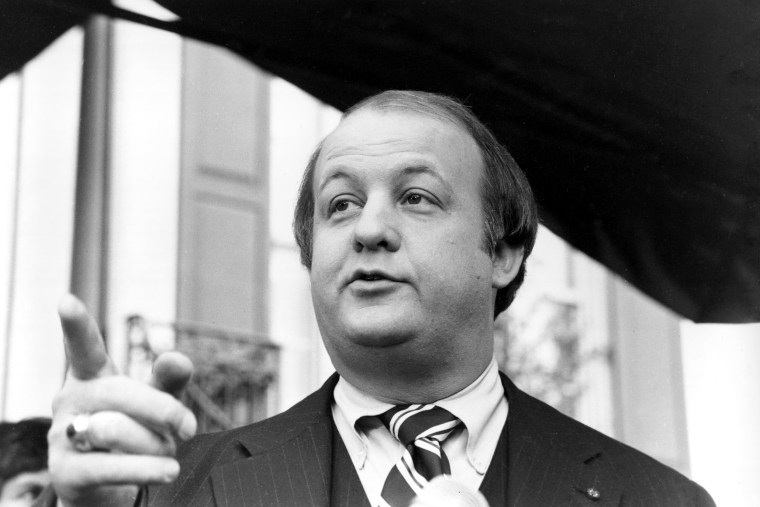Understanding the Forced Reset Trigger: Controversy, Legality, and Public Safety
The discussion around the forced reset trigger has intensified in 2025, as recent legal changes have shifted the landscape of firearm regulations in the United States. Understanding what these devices are and the implications of their use is crucial for anyone interested in gun policy, public safety, or legal developments.

What Is a Forced Reset Trigger?
A forced reset trigger is a firearm component designed to increase the firing rate of a semiautomatic rifle. This device resets the trigger automatically after each shot, allowing for faster follow-up shots. As a result, shooters can fire in rapid succession – in some cases, almost mimicking the firing speed of fully automatic weapons. Originally, these devices were marketed toward competitive shooters and firearm enthusiasts.
A Recent Shift: Legalization and its Implications
In May 2025, the U.S. Department of Justice reached a settlement permitting the sale of forced reset triggers. This change followed a legal challenge led by the National Association for Gun Rights, which contested the Bureau of Alcohol, Tobacco, Firearms, and Explosives (ATF) ban. According to NBC News, the Trump administration decided not only to end the effort to restrict these devices but also to bind future enforcement, allowing thousands of seized forced reset triggers to be returned to their owners.
This move was controversial. Proponents argue that a forced reset trigger does not turn a regular rifle into an illegal machine gun, citing recent Supreme Court decisions about similar devices like bump stocks. Opponents and gun safety advocates, however, see the settlement as a dangerous rollback of crucial firearm regulations. Critics warn that by making access to forced reset triggers easier, public safety could be at risk. Read more about the DOJ settlement and reactions from gun control groups.
Ongoing Debate: Safety vs. Rights
Gun rights advocates welcomed the legalization of forced reset triggers, viewing it as a victory for Second Amendment rights. Opposing voices, including organizations like Brady United and Giffords, have strongly condemned the decision, fearing it may lead to increased gun violence. One DOJ official asserted that the new policy would enhance public safety due to agreed safety measures with manufacturers, but others dispute this claim.
Recent legal developments have underscored this divide. The Fifth Circuit Court of Appeals played a significant role in the policy reversal, referencing Supreme Court guidance on similar rapid-fire devices. Find additional coverage of these legal shifts here.
What Happens Next?
As the federal government returns seized forced reset triggers and drops legal actions against manufacturers, the market is likely to see a surge in the availability of these devices. Both advocates and critics are watching the long-term impact on crime rates and public safety, as well as ongoing debates about how to balance gun rights with responsible regulation.
Conclusion
The story of the forced reset trigger reflects larger issues at play in American firearms regulation—balancing constitutional rights with public safety concerns. Recent policy changes have led to more questions about how these devices fit into the broader legal and ethical landscape. Staying informed and engaging in discussions will be key as new data and policy proposals emerge.
Further Reading:
- NBC News: Trump admin permits sale of device that allows standard firearms to fire like machine guns
- Reuters: Trump administration reversing Biden allows forced reset triggers for guns
Stay engaged—changes in gun law continue to shape American society, and the conversation around the forced reset trigger is just beginning.